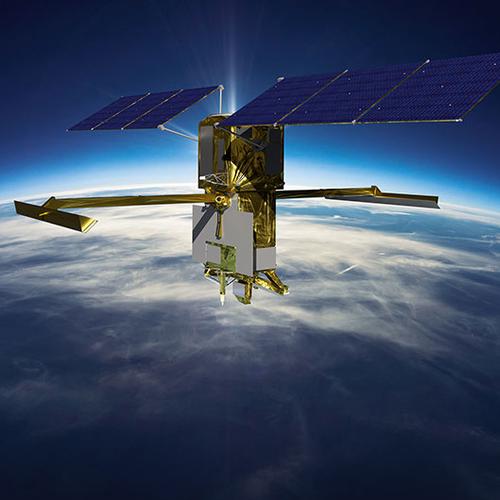Earth Science Nasa
Posted on February 25, 2023 (Last modified on April 25, 2023) • 4 min read • 670 wordsEarth Science nasa NASA's Global Precipitation Measurement mission to observe and monitor global precipitation patterns

Earth Science Nasa - Veracious Facts
- Earth Science is the study of the Earth’s physical properties, its structure, and its atmosphere.
- NASA’s Global Precipitation Measurement mission uses satellites to observe and monitor global precipitation patterns.
- Earth Science provides valuable information and data that helps us better understand our planet and its behavior.
Earth Science nasa
As concerns about climate change continue to grow, NASA’s Earth Science department is at the forefront of studying our planet’s weather patterns and climate systems in order to better understand and prepare for the changing conditions.
In particular. the Global Precipitation Measurement (GPM) mission is an important part of this work. providing critical insights into global precipitation patterns and helping us better understand the role that water plays in our planet’s climate system.
The GPM mission uses a variety of advanced measurement techniques to observe and monitor precipitation patterns all across the globe. This includes remote sensing technologies, which allow researchers to gather data from satellites and other sources, as well as on-the-ground monitoring stations that collect data directly from the atmosphere. Together, these tools provide a comprehensive picture of the state of the world’s precipitation, and allow scientists to track changes and fluctuations over time.
One of the most important applications of the GPM mission is in helping researchers predict and prepare for extreme weather events like hurricanes and typhoons.
By monitoring precipitation levels in real time, scientists are better able to predict the severity and impact of these types of storms, allowing governments and communities to take necessary measures to protect themselves and minimize damage.
At the same time, the GPM mission is also providing valuable insights into the broader patterns and trends that underlie global climate systems. By tracking changes in precipitation levels over time, researchers are able to identify areas where climate change is having a particularly strong impact, and develop strategies for mitigating its effects. This is critically important work, as we face an increasingly uncertain future where the impacts of climate change are likely to be felt more and more acutely in the years to come.
Overall, the GPM mission is an essential part of NASA’s ongoing efforts to better understand our planet and the complex systems that govern it. By providing detailed, accurate data on precipitation patterns around the world, this mission is helping us prepare for the future and take steps to protect our planet and its inhabitants from the worst effects of climate change.. .
Earth Science Nasa - Gallery
Enjoy these insightful videos on Earth Science nasa
“Keeping Up With Carbon” is the final episode in the six-part series “Tides of Change”, exploring amazing NASA ocean science to …
The Grand Canyon’s geology is well comprehended and displays an uninterrupted series of rock strata that took millions of years …




